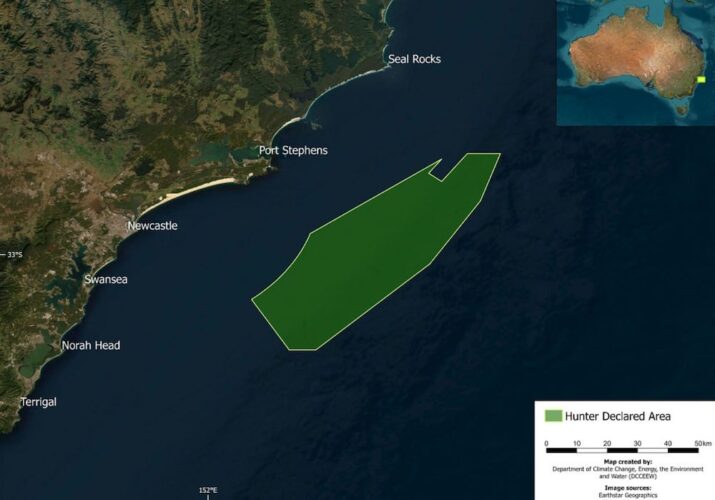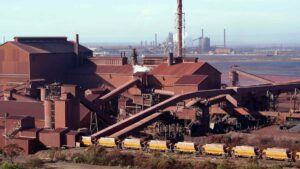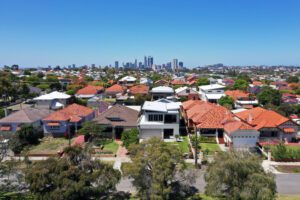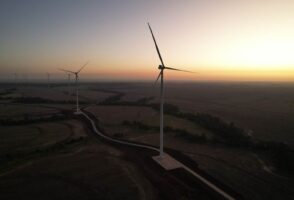Australia’s second declared offshore wind development zone off the coast of the New South Wales Hunter region has opened to expressions of interest, offering a roughly three-month window for developers to submit feasibility licence applications for their proposed projects.
Competition is expected to be robust for a spot in the nearly 2,000km square area in the Pacific Ocean, which stretches over 1,800km2 between Swansea and Port Stephens, and will be the first in Australia to host floating turbines.
Among the developers expected to be submitting bids are Australia-based Energy Estate, which is working up the 1.65GW Hunter Central-Coast Offshore Energy project.
Another 2GW project is being proposed for the Hunter zone by OceanEx and Equinor, as well as the biggest floating wind project proposed for Australian waters yet – the up to 10GW Newcastle Offshore Wind project, now owned by French nuclear giant EDF.
Another, BlueFloat Energy’s Eastern Rise Offshore Wind Project is proposed to be delivered over a period of seven years and have an installed capacity of 1.725 gigawatts.
A fifth project which joined the race for a spot on the Hunter just last month is the up to 2GW Sea Fern Floating Offshore Wind project being proposed by a consortium made up of Spark Renewables, Simply Blue Group and Subsea7.
Speaking on Sydney’s 2GB radio on Tuesday morning, Bowen confirmed that wind farm companies had until November 14 to make the case for their projects.
“They’ll have to put in bids to show us how much energy they’ll create, how many jobs they’ll create, how they’ll deal with whale migration… and other [environmental] issues, what their local content plans are,” Bowen said.
“We’ll consider those bids and pick the best ones for Australia and for the Hunter. And then …they’ll have to go through environmental approvals.”
The latest step forward for Australia’s first foray into wind energy generation comes at a difficult time for developers, who are struggling against project cost increases driven by global supply chain pressures as well as the logistical difficulties of setting up shop in a brand new market.
On top of this, wind energy developers across the board are grappling with a burgeoning misinformation campaign, both on social media and supported by some parts of the mainstream media, that is frustrating attempts to have sensible conversations about the opportunities in green energy.
“I’ve seen one of the petitions that’s going around that, which respect, has some facts wrong,” Bowen told 2GB on Wednesday.
“I’ve seen today a petition on change.org that says these things will be 10km offshore. It’s just not true. It’s just not true, mate.”
As Bowen notes, public consultation on the first NSW offshore wind zone attracted just shy of 2,000 submissions after it was opened in February.
“We went through those submissions, took into account concerns and made changes. That’s how the process should work. It’s a real consultation,” he told 2GB.
The result, as RenewEconomy has reported, is a zone much smaller than its Victorian counterpart – 1,800 square kilometres vs roughly 15,000 square kilometres, respectively.

The revised zone also placed it 20km from the coast in the north and over 35km from the coast in the south – changes the government said would enable continued safe management of shipping and other sea industries. The height of turbines was also limited to 260m – a concession to the Department of Defence.
Now, with the feasibility application process for the Hunter only just underway, Bowen used his time on Sydney radio to issue a modest plea for some sensible, fact-based reporting and public discussion of offshore wind development in Australia.
“Now I understand not everyone is going to love it, but what we do is we take into account all these issues. We consult very carefully.
“So, you know, let’s just base it on the facts. Let’s go through it step by step, and there is a long way to go yet with expressions of interest and environmental approvals.”










